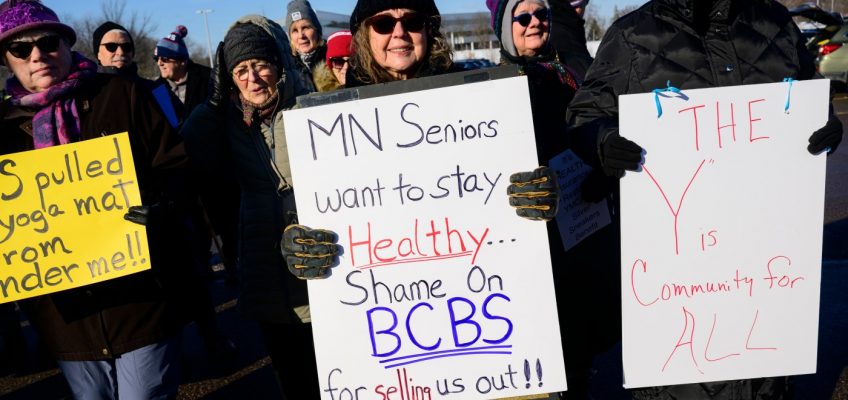By THALIA BEATY
Americans gave $4 billion to nonprofits on GivingTuesday in 2025, an increase from the $3.6 billion they gave in 2024, according to estimates from the nonprofit GivingTuesday.
Related Articles
Newly released photos show ‘disturbing look’ into Epstein Island
Monkey who escaped Mississippi highway crash has new permanent home at New Jersey refuge
A single shot of HPV vaccine may be enough to fight cervical cancer, study finds
Oklahoma university instructor on leave after student complains her gender essay failed for citing Bible
NY judge orders OpenAI to hand over ChatGPT conversations in win for newspapers in copyright case
More people also volunteered their time on the Tuesday after Thanksgiving this year, which fell on Dec. 2 and has become a major fundraising day for nonprofits. This year, 11.1 million people in the U.S. volunteered, up from, 9.2 million last year.
GivingTuesday started in 2012 as a hashtag and a project of the 92nd St Y in New York and has since become an independent nonprofit. The organization estimates how much was given and how many people volunteer using data from a wide variety of sources, including giving platforms, payment processors and software applications that nonprofits use.
Woodrow Rosenbaum, the chief data officer for GivingTuesday, said both the number of people giving and the overall donation amount may have increased this year as people seek a sense of belonging and connection.
“Generosity is a really powerful way to get that,” Rosenbaum said in an interview with The Associated Press. “But I think mostly it’s just that when people see need, they want to do something about it and GivingTuesday is an opportunity to do that in a moment of celebration as opposed to crisis.”
Overall donations increased 8.1% from last year when adjusted for inflation. GivingTuesday has also seen the average donation increase in size over time and Rosenbaum said people may be seeking additional ways to give as well.
A person stocks their trolley with food from a One Love Community Fridge, Nov. 15, 2025, in Brooklyn, New York. (AP Photo/Adam Gray)
“Volunteering is a way that you can add to your impact without it costing you money,” he said.
Not everyone who volunteers their time does so through a nonprofit. They may volunteer with mutual aid groups or by helping out family members or neighbors, he said.
GivingTuesday does not include donations from corporations or foundations in their estimate, Rosenbaum said, as they are focused on the everyday generosity of individuals. That means they did not include the gift from billionaires Michael and Susan Dell of $6.25 billion to encourage families to claim new investment accounts created by the Trump administration.
President Donald Trump hosted the Dells at the White House Tuesday, calling their commitment “one of the most generous acts in the history of our country.” The Dells will offer $250 to 25 million children 10 years old and younger to invest in accounts that the U.S. Department of Treasury will create next year. The “ Trump accounts ” were part of the administration’s tax and spending legislation passed in the summer.
A significant portion of charitable giving to nonprofits happens at the end of the calendar year and GivingTuesday is an informal kick off to what nonprofits think of as the giving season. A combination of economic and political uncertainty has meant it is hard to predict how generous donors will be this year. Rosenbaum said that the generosity demonstrated on GivingTuesday is an extremely encouraging bellwether for how the rest of the giving season will go.
“What we really hope is that nonprofits and community groups see this as an opportunity that we are in a moment of abundance and that people are ready and willing to help,” Rosenbaum said.
Associated Press coverage of philanthropy and nonprofits receives support through the AP’s collaboration with The Conversation US, with funding from Lilly Endowment Inc. The AP is solely responsible for this content. For all of AP’s philanthropy coverage, visit https://apnews.com/hub/philanthropy.




